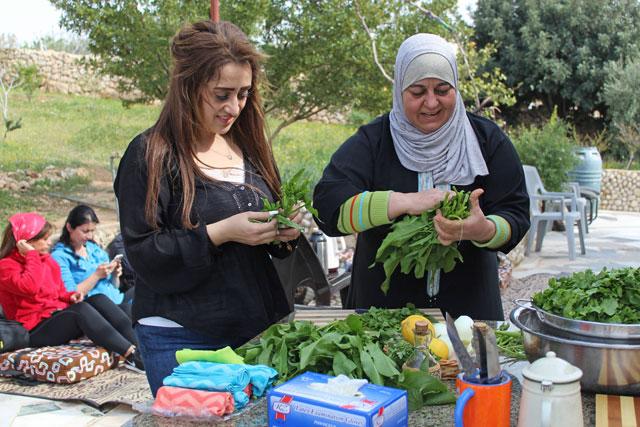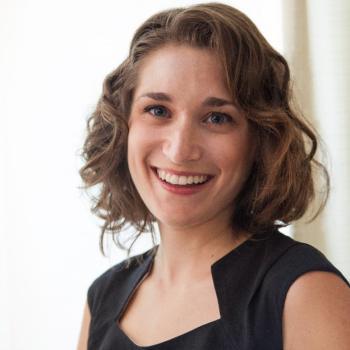You are here
Scholar explores lives of female agricultural labourers in Ghor Mazra
By Saeb Rawashdeh - Apr 11,2018 - Last updated at Apr 11,2018
AMMAN — Motivated by the study of female agricultural labour, a Jordanian-Armenian social anthropologist started conducting research in Ghor Mazra, an area located at the southern tip of the Dead Sea.
While living in Irbid, Lucine Taminian used to see pickup trucks filled with women heading up north, she remembered. "I was curious: who are these women? Where are they going? When I learned that they were seasonal female labourers commuting daily to work in the Northern Ghor farms, I became interested in their stories," Taminian, who holds a PhD in cultural anthropology from the University of Michigan, noted.
With no experience in the field, she reached out to Seteney Shami, an anthropology professor at the Yarmouk University. From there, the two began researching the squatter area in Wadi Al Haddad in Amman.
According to Taminian, using anthropological methodology was "an eye opening experience", which pushed her to enroll in the anthropology Master’s programme at Yarmuk University.
"The programme included study trips to acquaint the students with the different Jordanian communities," she recalled, highlighting how, during a trip to the Southern Jordan Valley, the group stopped in Ghor Mazra to visit the Jordan Valley Project and the farms.
The scholar began researching the impact of development on female agricultural labour, living for over four months in Ghor Mazraa. There, she documented the oral history of the local community, the changes in landownership and the rise of female labour following the implementation of the project.
Women’s working patterns have changed since the implementation of the Jordan Valley Project, Taminian explained. “It has become known that farming is now women’s work. Actively involved in farming, they work as wage labourers or sharecroppers, and run the family farm. They carry out all the farming tasks except for marketing, which is believed to be the men’s job," she continued, adding "hence the saying: 'labour is for women, the product is for men’".
She is currently involved in a number of research projects, including a project on social sciences in Iraq and a project on food production in the Southern Jordan Valley. "The Jordanian project is based on my earlier research studying the impacts of the food production restructuration on the small productive units, the majority of which involve the Ghawarneh [inhabitants of Ghor]," the anthropologist explained.
She will also study the restructuring of the local economies by outlining the “culture economy” of Ghor Al Mazra with the aim of promoting it as a rural touristic site.
"Culture economy entails the use of local cultural resources to improve the social and economic well-being of a rural area," the expert underlined.
"Differentiation among the Ghawarneh is mainly based on the landownership, and its size: there are the landless, the small land owners and the large land owners," Taminian said, noting that, in addition to the Ghawarneh, there are the absentee landlords and shopkeepers who live outside the area and only come to manage their farms or shops.
Related Articles
AMMAN — “With the expansion of urbanisation and modernisation, people have become disconnected from their heritage and their local communiti
AMMAN — Despite the regional turmoil, economic crisis and the influx of refugees, Amman has become a significant hub for art, galleries and
AMMAN — Being in direct touch with the population of Petra, an American anthropologist realised that they are "deeply emotionally connected


















